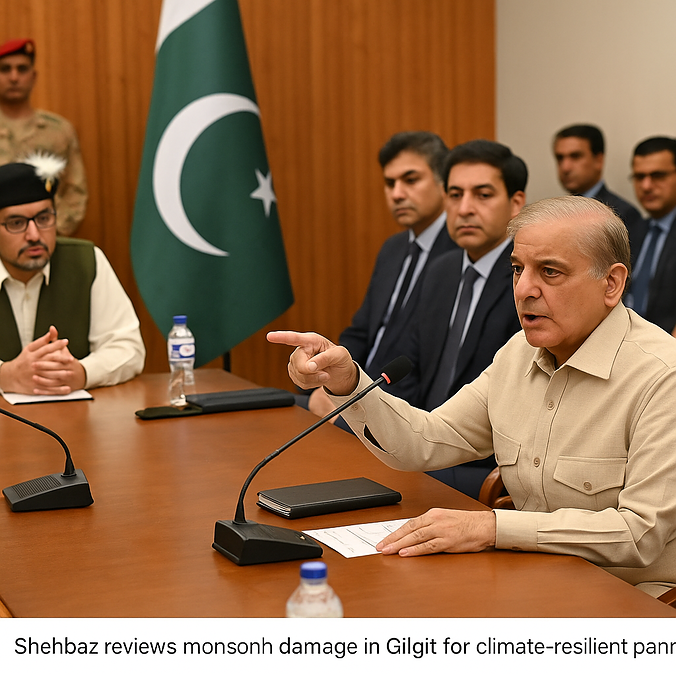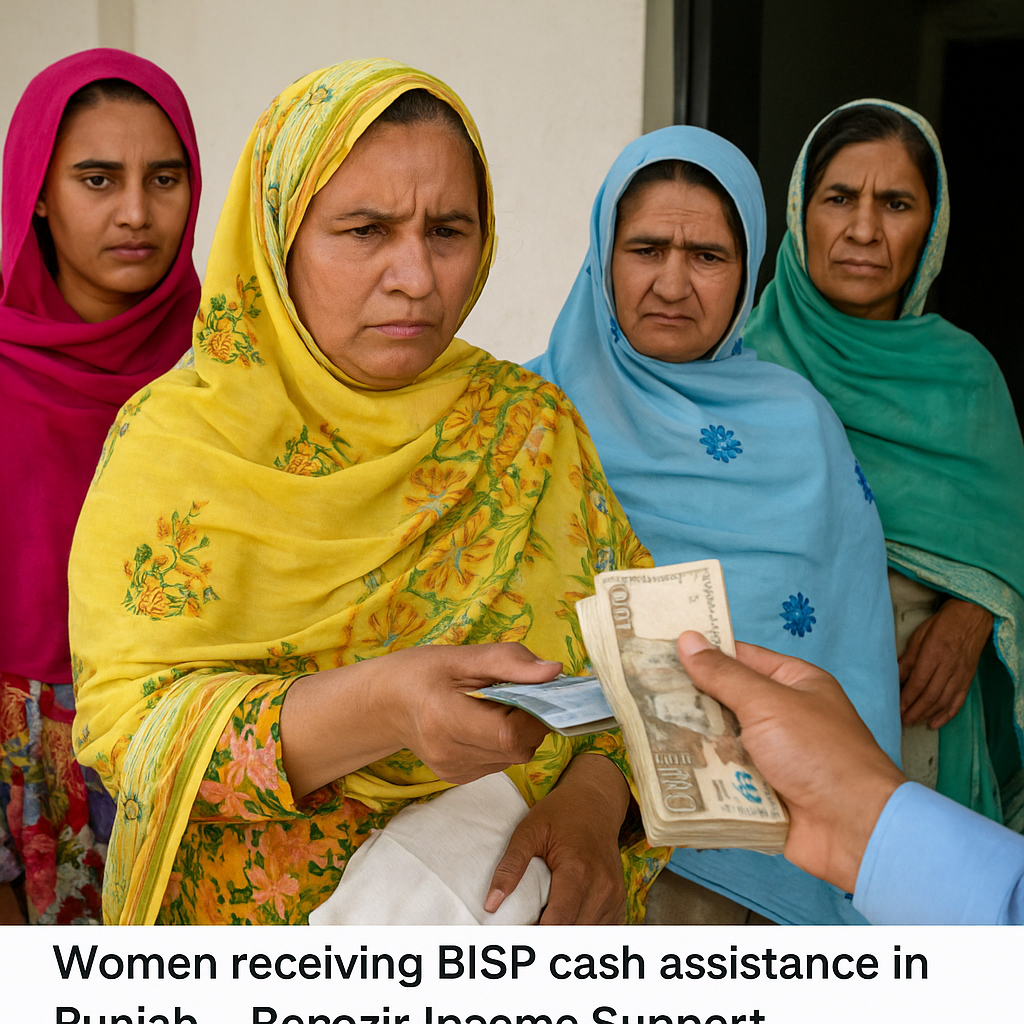Introduction: The Rise of AI in the World of Art
AI-Driven Art is not just a futuristic concept anymore — it’s a dominant force in the creative world in 2025. From digital paintings to generative animations, artificial intelligence is reshaping how art is conceptualized, produced, and appreciated. Artists, tech innovators, and collectors are all embracing this trend, pushing the boundaries of what’s possible in the world of visual expression.
In a time where speed, personalization, and innovation are key, AI-Driven Art offers a groundbreaking new chapter for global creativity. With tools like DALL·E, Midjourney, and Runway ML becoming more advanced, anyone — from a novice to a professional — can co-create masterpieces with machine learning.
What is AI-Driven Art?
AI-Driven Art refers to creative works that are either generated or enhanced through artificial intelligence. Algorithms analyze massive datasets to produce visuals that mimic human-made art styles or entirely innovate new ones.
There are three main types of AI-Generated Art:
| Type | Description |
|---|---|
| Generative Art | AI creates original artwork using data inputs and algorithms |
| Style Transfer Art | AI applies the style of one image to another (e.g., Van Gogh + portrait photo) |
| Interactive AI Art | Viewers interact with AI to change the output in real-time |
This fusion of art and technology is changing not only how we create but also how we define creativity.
Why AI-Driven Art is Booming in 2025
Several factors are contributing to the explosive popularity of AI-Driven Art:
1. Accessibility for All
With user-friendly platforms like Canva AI and Adobe Firefly, AI tools are no longer reserved for tech experts. Artists, students, marketers, and everyday users can all explore their creative side with just a few clicks
2. Cost and Time Efficiency
Creating high-quality digital art traditionally requires time, skill, and expensive software. AI shortens this process from days to minutes — and often at zero cost.
3. Personalization at Scale
Brands, designers, and content creators can now generate custom visuals that match their exact needs and brand aesthetics, thanks to AI’s deep learning capabilities.
AI in Art Galleries and Auctions
AI-generated artworks are no longer just digital files shared online. In 2025, they are being showcased in real-world galleries and even fetching high prices at international art auctions.
- Sotheby’s and Christie’s have auctioned AI-generated pieces for tens of thousands of dollars.
- Museums like the MoMA have dedicated AI art exhibitions.
- Pakistan’s own National Art Gallery is piloting digital exhibitions featuring AI-generated Pakistani landscapes and cultural motifs.
This growing acceptance signifies a major shift in how we define authenticity and creativity in art.
Challenges and Ethical Concerns
Despite the excitement, AI-Driven Art brings ethical debates:
1. Originality vs. Algorithm
Is AI-generated art truly “original”? Or is it a remix of millions of human-created visuals from the internet?
2. Artist Rights
Many artists argue their styles are being copied by AI tools without consent, raising concerns over intellectual property and fair use.
3. Cultural Biases in AI
If datasets lack diversity, AI art can unintentionally reinforce stereotypes or ignore non-Western art styles. Developers and institutions must take steps to address these concerns proactively.
How AI-Driven Art is Used Today
The influence of AI art is being felt across industries:
| Industry | Application |
|---|---|
| Advertising | AI-generated visuals for campaigns and branding |
| Entertainment | Animated scenes, concept art, and storyboards |
| Fashion | Designing new patterns and visualizing outfits before sewing |
| Education | Learning tools using visual storytelling and immersive design |
| NFT Marketplaces | Unique generative art collections |
In Pakistan, startups are already exploring AI-generated truck art and calligraphy for global digital exports — a powerful blend of heritage and innovation.
AI Art Tools to Watch in 2025
If you’re eager to explore AI-Driven Art, here are some top tools trending this year:
- Midjourney v6 – Produces hyper-realistic and stylized visuals with prompt-based input.
- Runway ML – Popular among video editors for turning text into animated scenes.
- NightCafe Studio – Ideal for beginners with its intuitive interface and broad style library.
- Adobe Firefly – Integrated into Creative Cloud, it allows for commercial-safe content generation.
Subheading: Can AI-Driven Art Replace Human Artists?
This question is central to the ongoing debate. While AI can mimic and even innovate, it lacks human emotion, cultural intuition, and purpose. Experts believe the future lies not in replacing artists, but in collaborating with AI — where technology becomes a co-creator, not a competitor.
Internal and External Resources
- Internal Link Suggestion: Explore Our Guide on Emerging AI Tools for Creatives
- External Link Suggestion: Read More on How AI Is Reshaping Art (via The Verge)
Conclusion: A New Creative Era Begins
AI-Driven Art is not just a trend — it’s a transformation. In 2025, we stand at the edge of a creative revolution where humans and machines merge talents to unlock infinite possibilities. Whether you’re a designer, brand, or just curious about the future, now is the time to explore this vibrant world of intelligent creativity.
Related : Writozy



